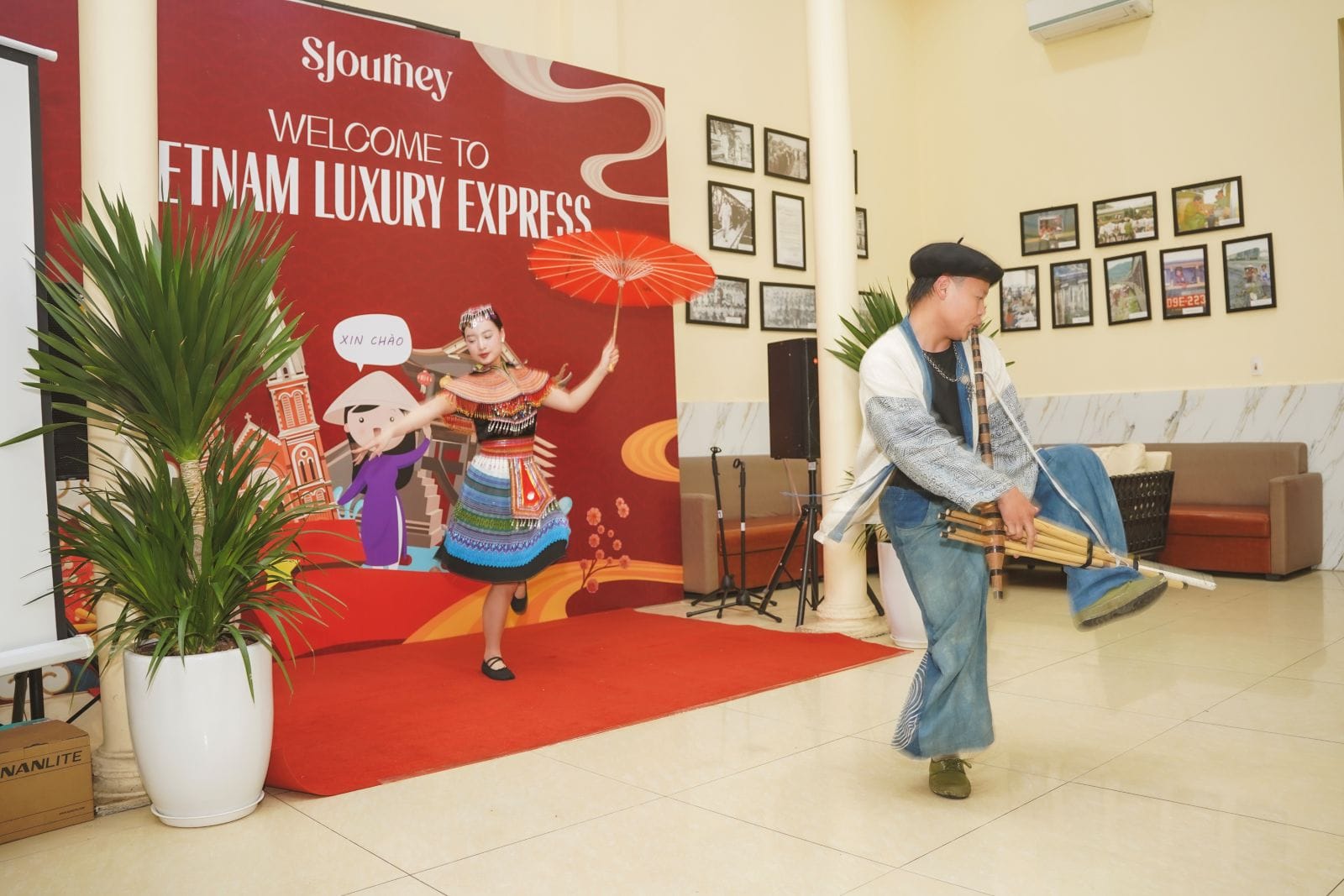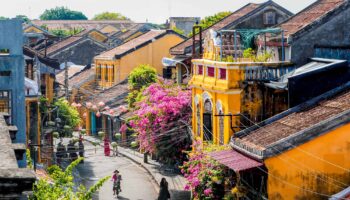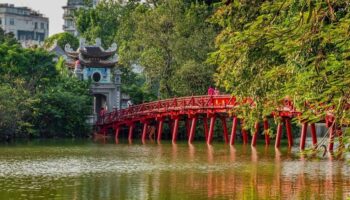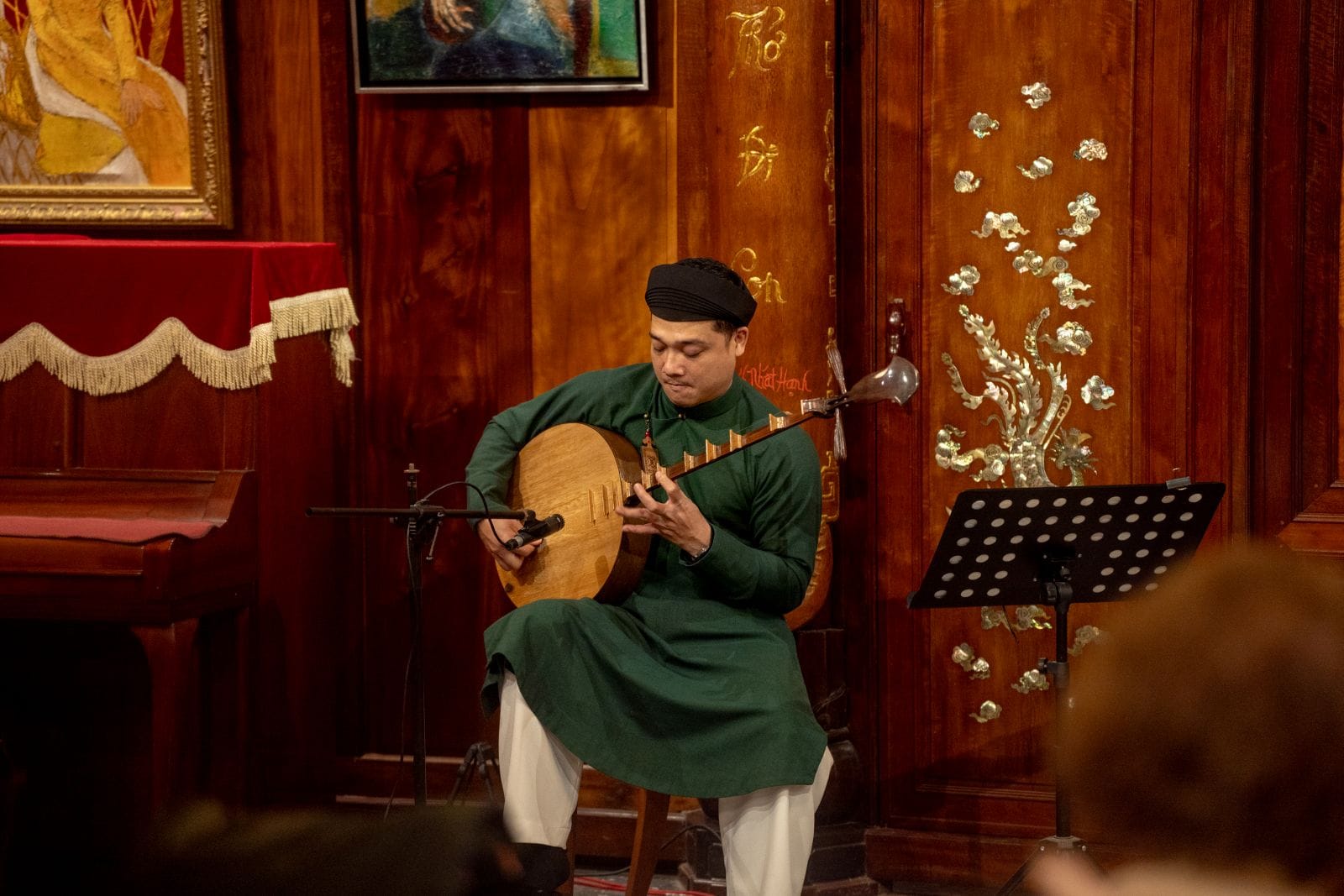
The Music of Vietnam: A Melodic Journey Across Regions
Vietnam is a country that can be experienced through many senses. Among them, music has the special power to reach the deeper layers of emotion—something that images or words alone cannot fully express. Each region of Vietnam has its own voice, its own musical character, shaped by nature, history, and everyday life.
Table of Contents
ToggleThe SJourney train, which connects Hanoi to Ho Chi Minh City, offers more than luxury and comfort. It is a moving cultural space where music becomes an invisible guide, gently accompanying you across the changing landscapes of the country. Every stop along the way is not just a destination, but a musical note in the long and beautiful song of Vietnam.
1. The North – music of memory and depth
Beginning from Hanoi-the thousand-year history capital-Northern traditional music of Vietnam manifests like a light mist-silent, graceful, and heavy with meaning. Old forms such as ca tru, quan ho, and hat xam still reverberate inside ancient temples, village courtyards, and riverside gatherings.
This style of music is not meant for loud stages. It is for careful listening, generally performed in smaller venues, and full of poetic meaning. Every rhythm and the very string of the instrument holds stories of scholars, lovers, and even ordinary everyday lives. So onboard the SJourney train, in the soft morning light streaming through the windows, ca tru creates the most tranquil touch inside the mind.
The train runs through Ninh Binh, and what by this time is a view of Trang An now begins to resemble a musical painting. The sounds of nature, the flowing of waters between those stone mountains, evoke a lyricless song. Here, it seems that music joins hands with scenes to compose a harmonious, peaceful, and sanctified atmosphere.
2. The Central Region – harmony of heritage and strength
Winding on south, the chants turn towards the central provinces where music flows like wind gusts between mountains and the sea. Quang Binh, encapsulated by forests and caves, endows nature as the oldest music of all. The drip of water, with wind waving through the stones in the caves of Phong Nha-Ke Bang, can be likened to the music of ancient days.

By the time the same journey gets to Hue, the former imperial capital, tones are completely altered. Here music assumes a formal disposition, an aura of being sacred. UNESCO-listed Nha nhac (royal court music) was played in the royal palaces of Hue during important ceremonies. Powerful and poised, intertwined with the elements of past traditions, it is performed with drums, gongs, and stringed zithers as instruments.
Later the SJourney train halts for a pause along the Perfume River in the late afternoon as the leisurely sounds of nha nhac waft through the air, prompting some quiet moments of contemplation. It is not simply music representing the city soul.
In Hoi An, music takes on the role of our welcome friend. The ancient town is vibrant with color and movement. You can hear folk songs performed on traditional Vietnamese instruments mixing with Western tunes played by street performers. Music in Hoi An tells the story of the town having once been a meeting place for East and West to learn and share culture together.
3. The South – sounds of daily life and joyful spirit
Welcoming in the southern regions of Vietnam, music takes on a different more relaxed open lively and lively beat. Music forms part of everyday life in the Mekong Delta. On boats, in markets, and at family gatherings, don ca tai tu, the traditional form of chamber music expressing love, longing, and village pride, is performed.

Every lyric becomes a story. Soft voices full of expression greet sounds from such instruments as the ‘dan kim’ or ‘dan tranh’. And then at Ho Chi Minh City, another sound greets you-modern, energetic, and very varied.
Here, music is everywhere-from street cafes to live acoustic shows, from remixed folk songs to popular ballads, embracing both the old and the new in creative confidence. So this is the sound of a changing Vietnam, in which tradition is not lost but reimagined.
4. Music aboard SJourney – the sound of connection
At times, it seems that music on the SJourney train is not something to listen to; it is part and parcel of the entire experience itself. Watching the passing landscapes through the large window, the soft background music promises to ease and adorn each moment: some combination of Vietnamese and classical melodies streams through the relaxation car, adding its part to the luxury and serenity surrounding the space.
Each region’s music just appears as you enter it. It is more or less like a live film track for your journey – rich, emotional, and really attached to the place.
4. Music is the golden thread of Vietnamese culture
If pictures do leave imprints, then music creates melodies. The music of Vietnam is characteristically a reflection of the people: whereas it is gentle in the North, strong in the Center and open-hearted in the South.
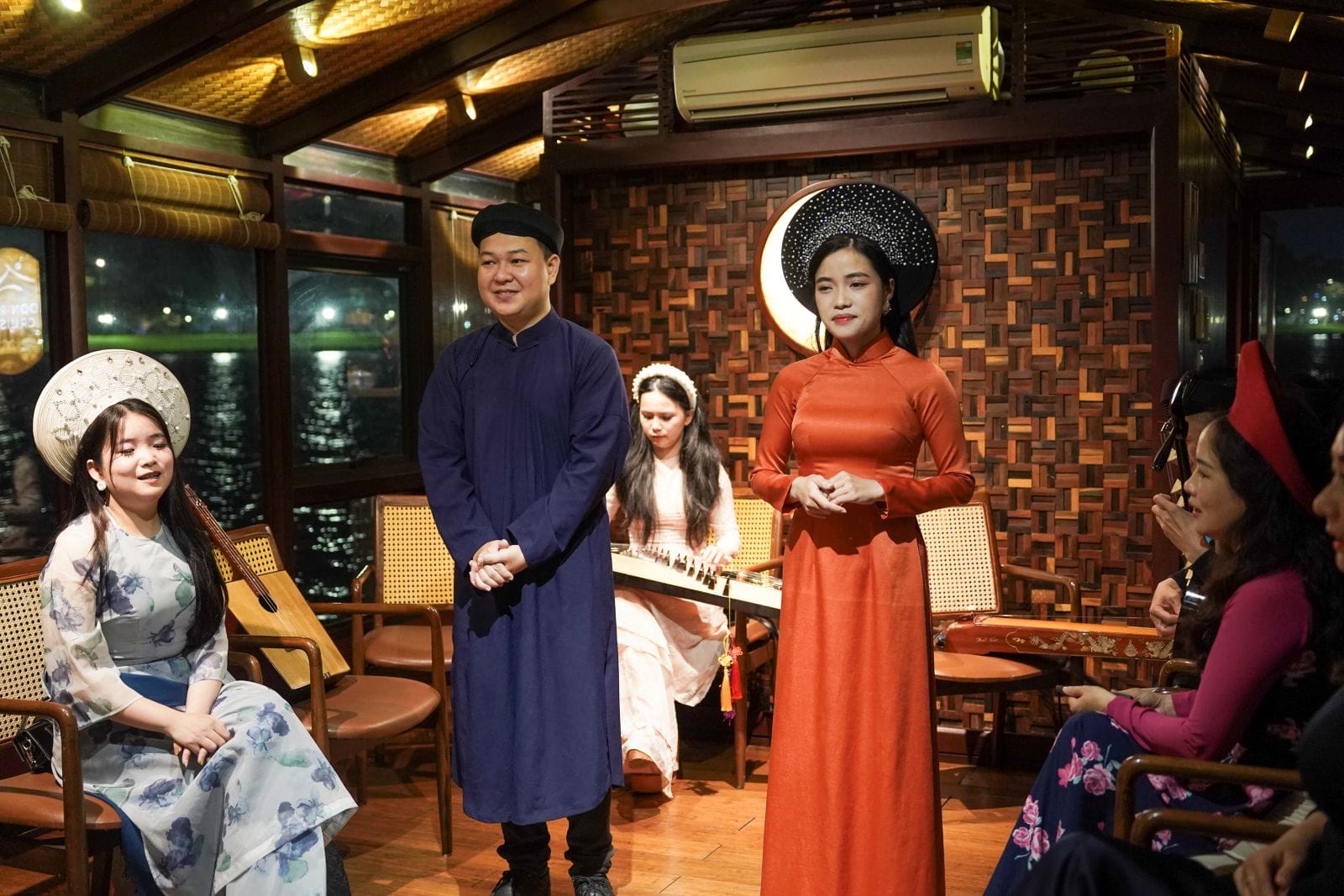
Music in Vietnam somehow does not stand alien to life. It springs from the land, flows with the rivers, and lives within the hearts of people. Beyond good reading and proper language, what better way could there be to understand Vietnam other than sitting down and listening-not only with ears but with the heart?
So when you travel with SJourney, take time to hear the music of each region. Let it guide you. Let it touch you. Because in every melody, Vietnam is speaking.

